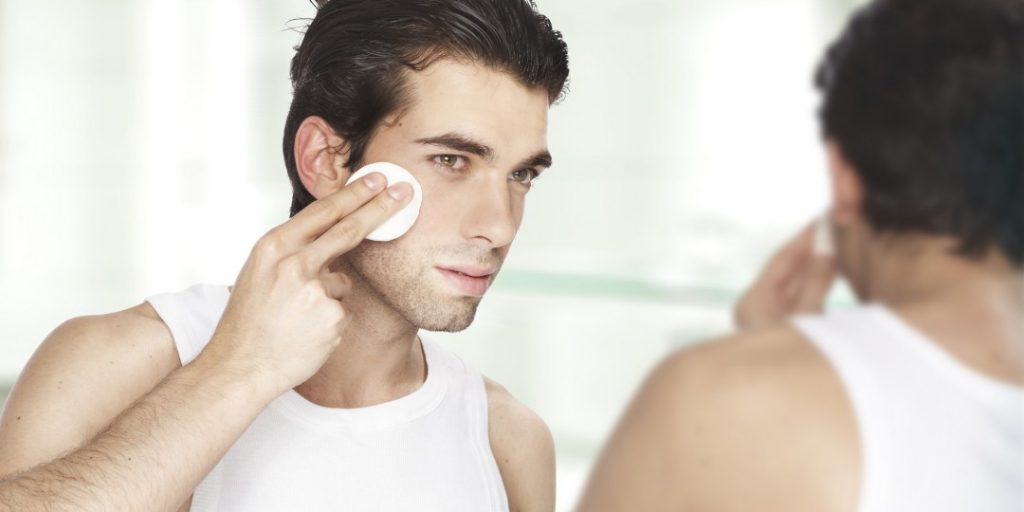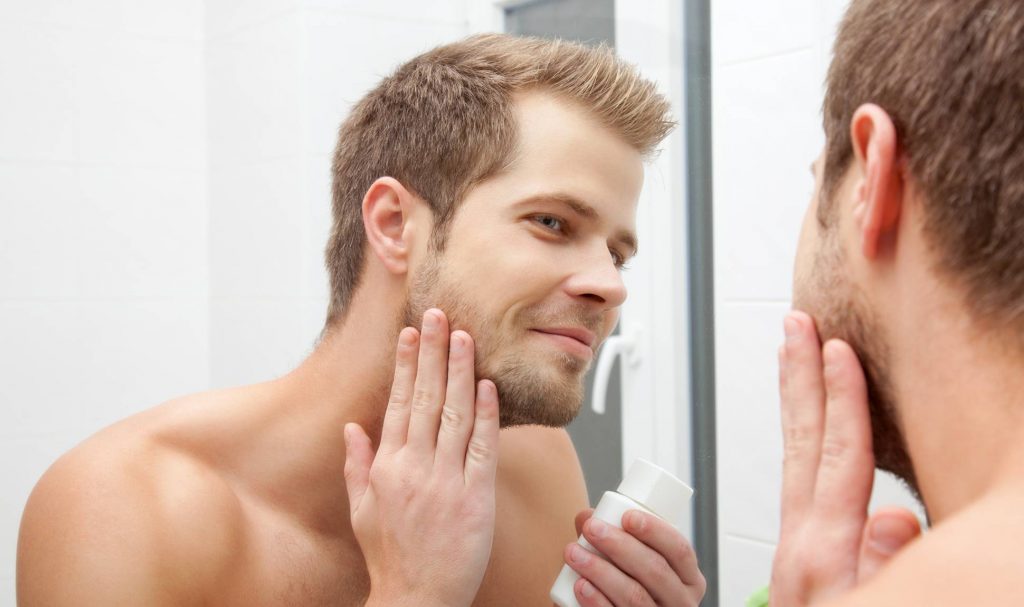Taking care of your skin can be difficult, especially when you don’t know what you’re doing, and it can become quite overwhelming. However, having clear skin isn’t just for the stars, and it’s something that anyone can achieve by following a few fairly simple steps. So, without further ado, let’s dive into this blog and learn some simple tips on how to have clear skin.
1. Start with clean skin

Sun damage, irritating products, polluted air, and the blue light from our digital screens can all take a toll on our skin barrier. But a proper skincare routine can limit this damage and keep skin looking young. A good routine always starts with a cleanser to prepare the skin and give it the maximum benefit from the products that follow. Find out which facial cleanser is best for your skin type here.
2. SPF is the magic word
We’re all used to protecting our skin from the sun when we’re at the beach, but the sun emits harmful UV rays all year round, even on overcast days. It’s important to use a broad-spectrum sunscreen day cream (SPF 30 minimum) daily to protect your skin. Apply your SPF as the last step in your morning skincare routine, 15 minutes before going out. Click here to learn more about SPF and how to protect your skin.
3. Antioxidants can limit skin damage
Antioxidants help neutralize the damaging effects of free radicals. Free radicals, what? Free radicals are atoms and molecules with an odd number of electrons. They are released by sunlight and polluted air, among other things, and roam around the body looking for electrons. They cause damage at every interaction with healthy cells.
Ouch! Fortunately, antioxidants are there to limit the damage. The list of ingredients that work as antioxidants is endless. Here are just a few: vitamins A, C, and E, green tea extract, soy, pomegranate, and grapes. Most of our products contain antioxidants, but we’ve added even more to our serums.
4. Cosmetic ingredients can stimulate cells

To maintain a youthful appearance, skin cells must behave like young cells. They need ingredients that communicate with them to “tell” damaged cells to stop producing new, defective cells and start producing healthy cells again. Niacinamide, peptides, and retinol are ingredients that can communicate this kind of information to the cells.
5. Exfoliation is essential
Your skin produces dead skin cells daily and renews itself from within. When we are young, this process is fast (3-4 weeks), but as we age and our cells become damaged (due to the sun), this process slows down and can take up to 3 months. The result: dull skin. Fortunately, exfoliants can get rid of dead skin cells. At Paula’s Choice, we have 2 types. AHA scrubs are for dry, dull, sun-damaged skin. BHA scrubs are fat-soluble, which allows them to reach deep into the pores. BHAs are particularly suitable for oily, acne-prone skin. The soothing effect of BHAs also makes them ideal for sensitive and rosacea-prone skin.
6. You can strengthen your natural skin barrier
Your skin naturally contains protective and restorative substances. But these substances diminish with age and because of sun damage. Think of your skin as a brick wall. These substances are the cement that holds everything together. They prevent harmful particles from passing through the skin barrier and maintain moisture. Examples of these naturally repairing substances are hyaluronic acid, ceramides, and essential fatty acids (omega). Fortunately, they are easy to apply.
7. A good diet improves the skin

Some ingredients that we apply to our skin can also help us from the inside. Fruits and vegetables contain a lot of antioxidants (vitamin C and E). Omega 3 essential fatty acids are found mainly in oily fish but also in certain vegetable oils (flax, soy, rapeseed, and sunflower). Minerals (iron, zinc, copper, and chromium) are essential for our health and function somewhat like antioxidants. Minerals are also present in certain foods: green vegetables, nuts, beets, eggs, oysters, calf’s liver, dried fruits (grapes and apricots), beans, and flaxseed. Let’s go to the greengrocer!
8. Age is not a skin type
Choose your skincare products based on your skin type and skin concerns rather than your age. For example, oily skin needs light textures, while dry skin will appreciate rich textures. We have anti-aging skincare collections specially formulated for combination with oily skin and others for normal to dry skin.
Sound off in the comments section below and tell us what you want to read next and if you want to read more about skincare.



